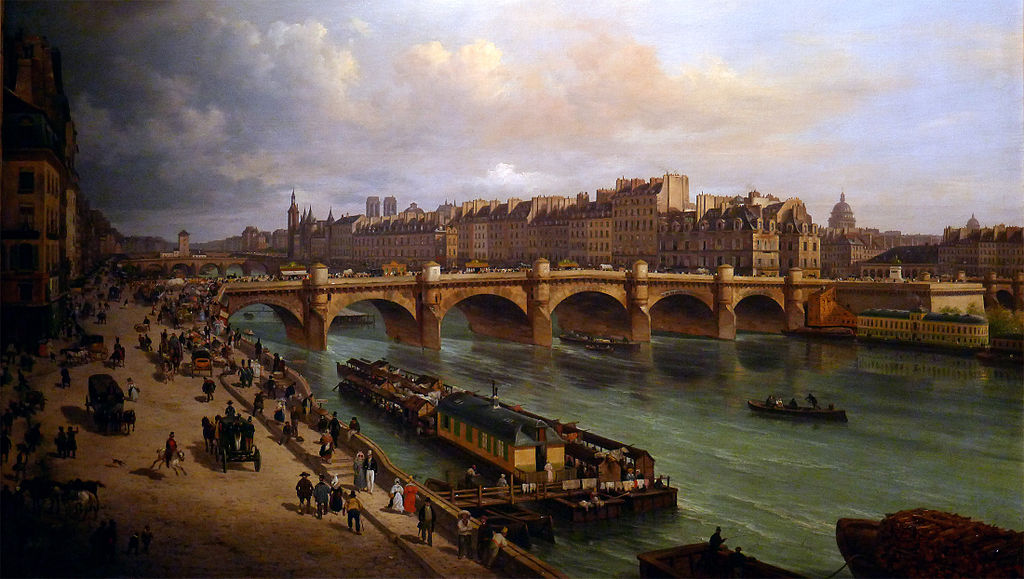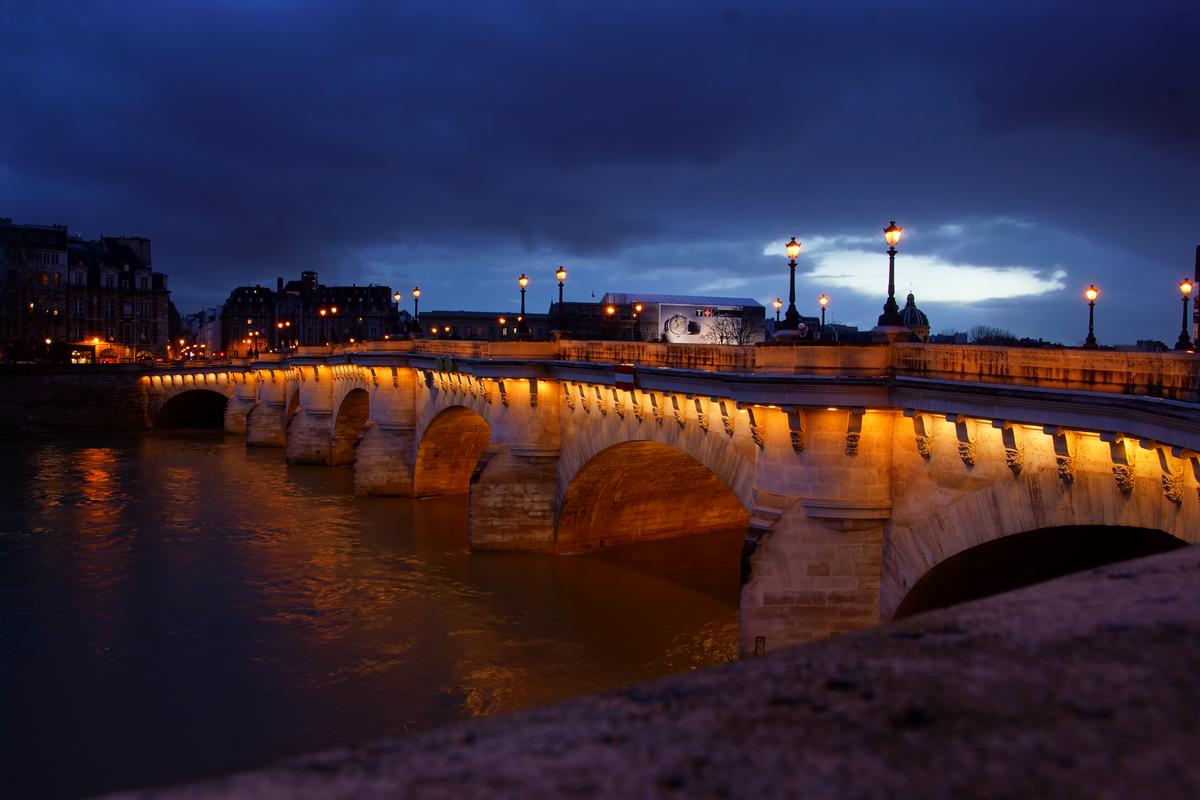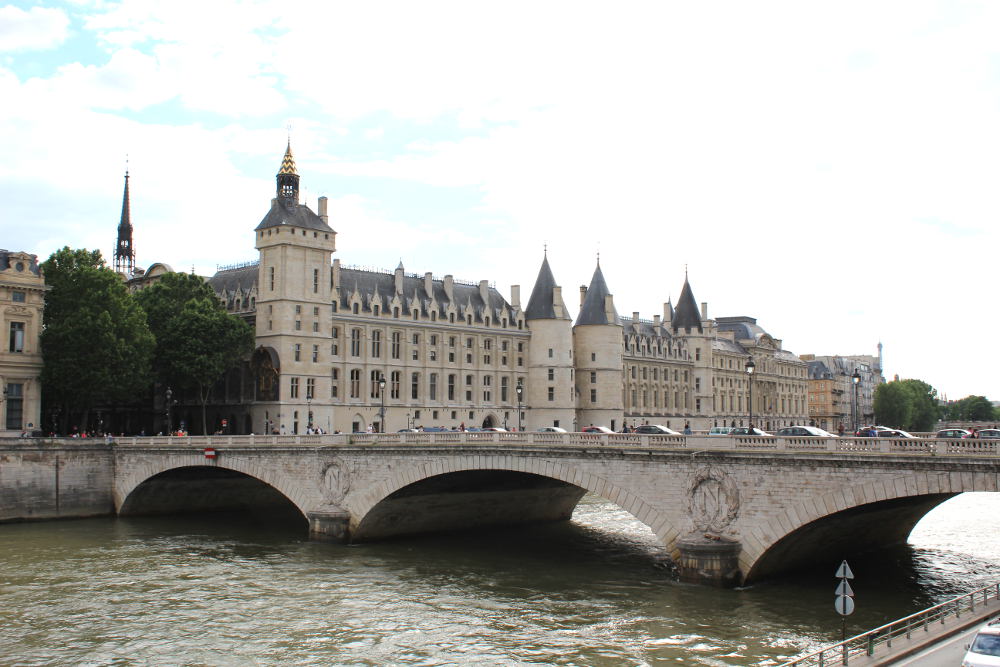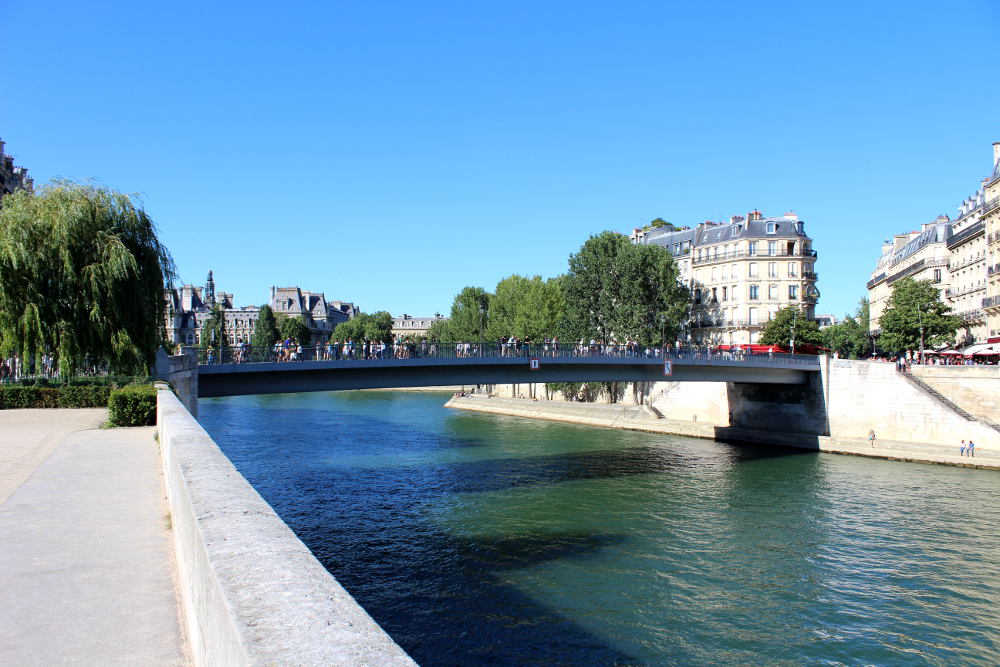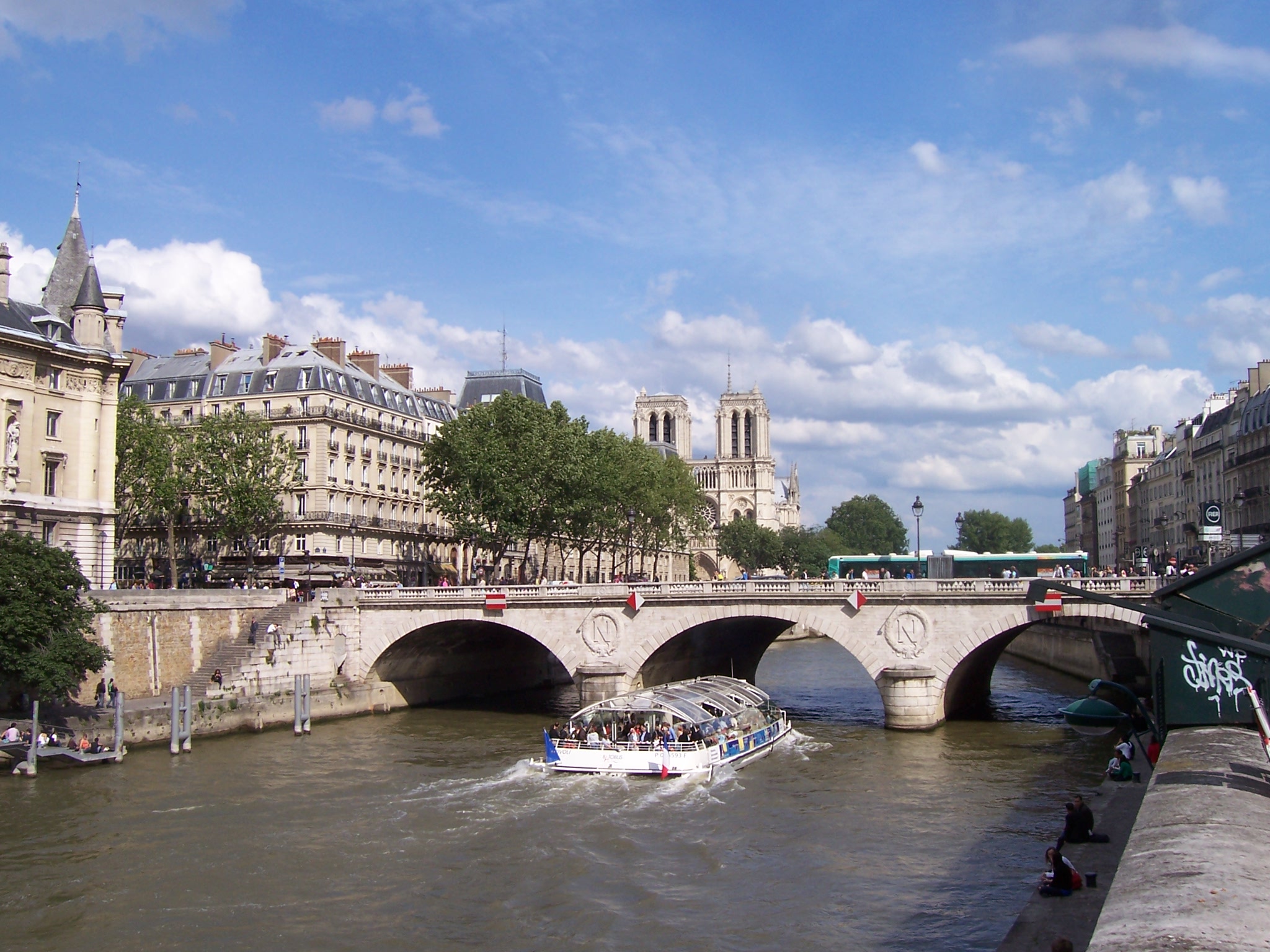Le Pont Neuf

The birth of the Pont-neuf
The Pont-Neuf is undoubtedly the most famous bridge in Paris, but also the oldest, and for good reason: it was built between the end of the 16th century and the beginning of the 17th century.
The oldest bridge in Paris, the third longest bridge (238 metres), the first stone bridge crossing the Seine, the first bridge to be empty of houses and equipped with pavements... The Pont Neuf was a real innovation for Paris. Since then, it has kept the name it was originally given in the 17th century because of its specific features. The construction was decided in 1577 by King Henry III, who appointed a commission to ensure the smooth running of the work. A year later, the first stone of the bridge was laid by the king himself, in the presence of the queen mother Catherine de Médicis and the king's wife, Louise de Lorraine. Work continued until 1588, under the reign of Henry IV, but then stopped abruptly for ten years because of the popular uprisings in Paris against the king. In 1599, construction finally resumed and was completed in 1607.En savoir plus
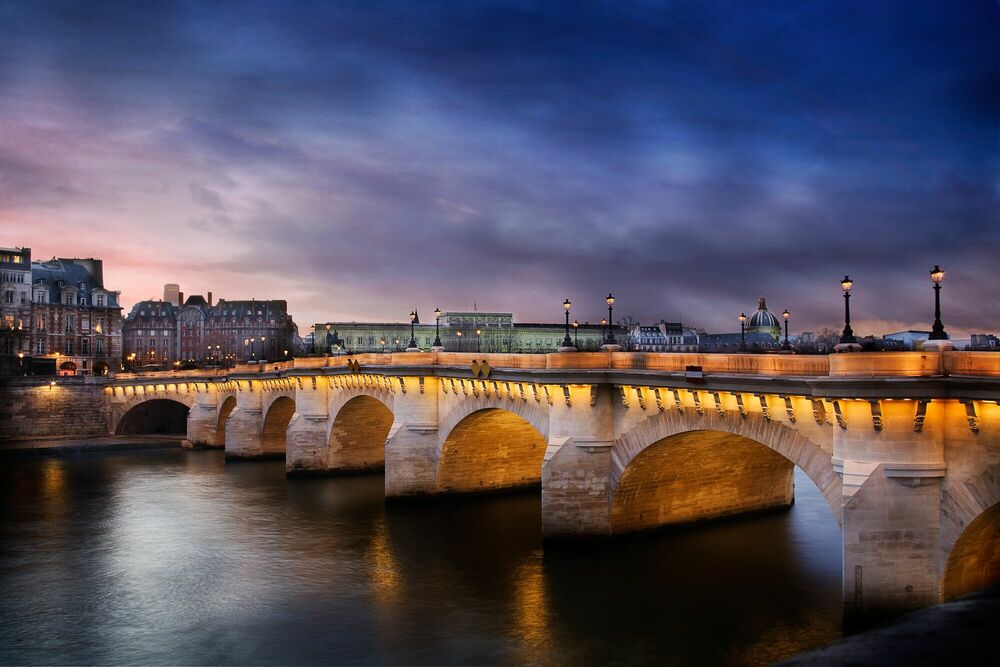
Extraordinary architecture
Its magnificent stone architecture, made up of 12 arches each adorned with a semi-circular balcony, offers us a splendid setting worthy of a postcard with the Ile de la Cité in the background.
Its history and its architecture have allowed it to be classified as a Historic Monument since 1889, while its aesthetics have inspired a host of renowned painters and artists such as Auguste Renoir who, in 1872, made a work of it entitled "Le Pont Neuf », now visible at the National Gallery Of Art in Washington.En savoir plus
